When we first covered beacon technology way back in 2013, we called it the next big thing in mobile connectedness. The hype around beacon technology when Apple released its iBeacon technology was so strong that it seemed inevitable that beacon tech would take over the world.
Flash forward a few years, and beacon technology has taken longer to catch on than anyone anticipated. But recently, it’s been gaining momentum. In 2016, beacons are expected to drive $44 billion in retail sales (up from $4 billion in 2016), and more and more companies are jumping on the beacon bandwagon, from the traditional retail setting, to airlines, hotels, and banks.
Now that beacons are well on their way, how are companies and organizations using them to successfully improve the real-world mobile experience? In this post, we’ll cover some of the best use cases for beacons. But first, let’s review what beacon technology really is.
What is Beacon Technology?
According to Apple, the functionality of beacon tech is to:
alert apps when you approach or leave a location. In addition to monitoring your location, an app knows when you’re close to an iBeacon, like a checkout counter in a retail store.
What does that mean in practice? Let’s say you’re visiting one of your favourite stores, armed with the retailer’s mobile app. When you pass by a beacon (a small device placed at strategic points throughout the store), the retailer can use beacon messages to make personalised offers, alert you to products you might like, or tell you about sales.
The retailer can then also use data collected from the beacons to make business decisions based on store traffic flows, product popularity, and buyer trends.
Although Apple kicked off the beacon hype with iBeacon, it’s not the only player in the game. Google has its own beacon standard, called Eddystone, and there are a large number of manufacturers – most notably, Estimote – who make the physical beacons.
Best Beacon Use Cases
When beacons first came out, they were most strongly associated with retail settings. Over the years, though, other types of organizations have adopted beacons and extended their functionality for real-world context to events, dating apps, museums, and banks. Here are some of the best:
SXSW
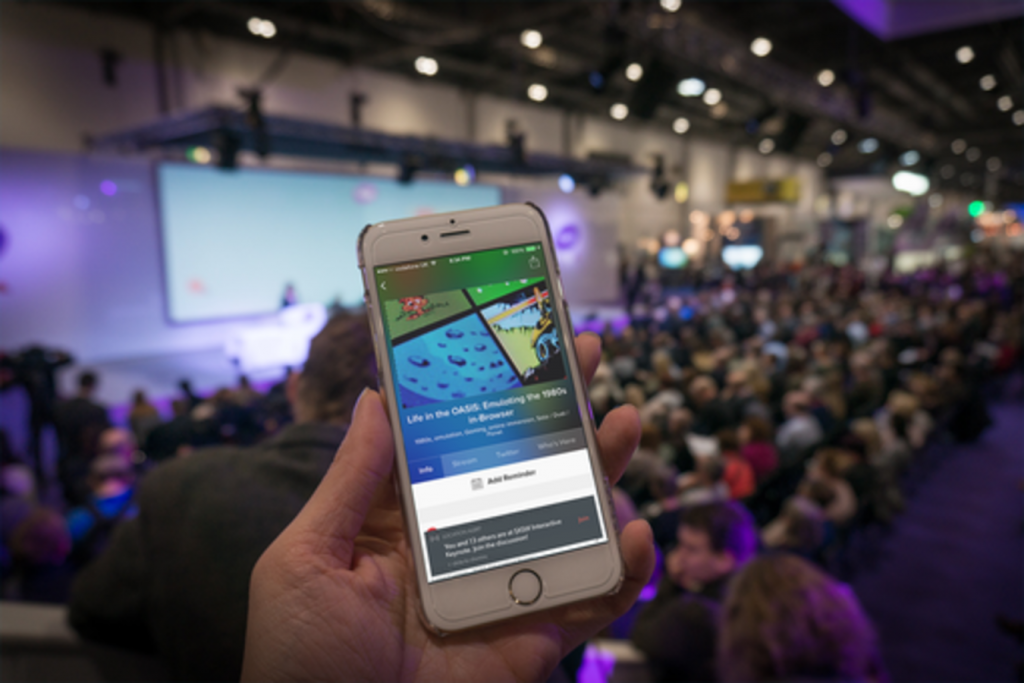
via SXSW
SXSW was one of the first organizations to bring beacons to the world of events. Beginning with their 2014 conference, SXSW partnered with Eventbase to build an official event app that incorporated iBeacon to give users a smoother event experience.
For the 2015 event, the Austin Convention Centre was decked out with more than 1,000 beacons that pinged attendees with useful notifications throughout the conference. Anyone with an iPhone was able to take advantage of the iBeacon tech to pick up their badges, complete their registration, and find their way around the location.
The beacons also welcomed users to sessions with information and an invitation to join a group discussion within the app.
Danske Bank
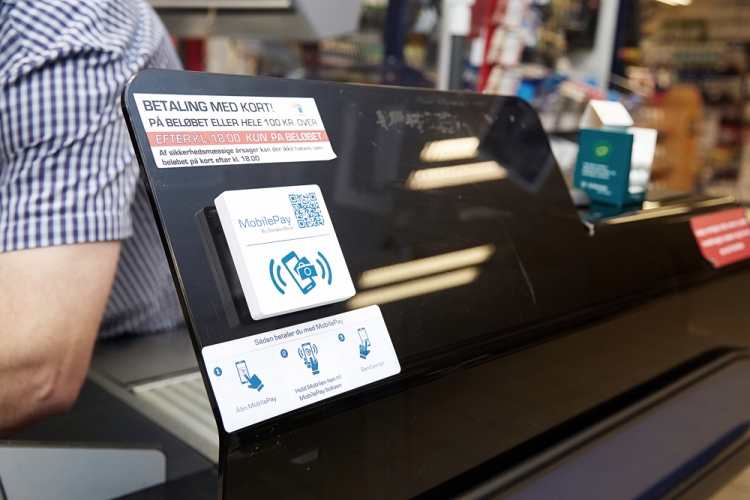
via EssentialRetail
Payment technology has always been an area with room for improvement, and Danske Bank is using beacons to lead the way.
Danske Bank partnered with GoAppified and Netclearance systems to use beacons to create better payment experiences by integrating beacon tech with their MobilePay app, a platform that already had three million users.
Here’s how it worked: the bank set up beacons at the checkout counters of hundreds of retails stores across Denmark. After passing their phones over the beacons, customers received a notification asking them to approve the purchase by swiping right. It’s a simple, intuitive, and quick payment system, and it’s setting the standard for beacon use in mobile pay settings.
Other banks are getting into the beacon game as well, by using beacon tech to push personalized notifications out to customers when they enter a branch. But Danske Bank’s use of beacons to improve the mobile payment experience is a huge step forward. It’s a well-timed one as well – the total amount of proximity mobile payments is expected to grow 210% in 2016, according to eMarketer.
Blinq
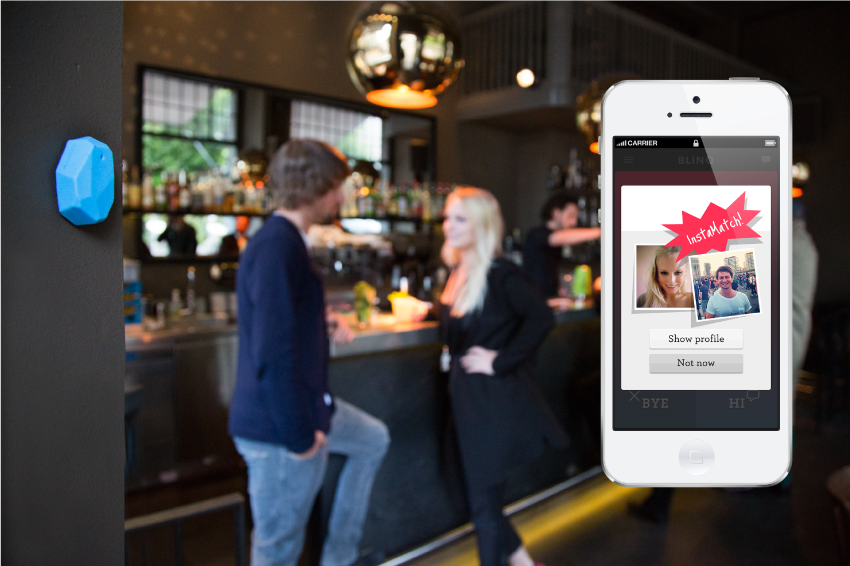 via Estimote
Blinq is a Swiss dating app that says it’s ‘like meeting in a bar – just easier.’ What does that mean? Blinq is using beacons to connect users who are in the same place at the same time.
via Estimote
Blinq is a Swiss dating app that says it’s ‘like meeting in a bar – just easier.’ What does that mean? Blinq is using beacons to connect users who are in the same place at the same time.
Blinq installed beacons at bars and clubs around Zurich that send out notifications to app-users when another single user who matches their interests is at the same location as them. Users can then chose to say ‘Hi’ or ‘Bye’, meet up, and hang out. Putting the potential for creepiness aside, the use of beacon technology in this case is unique and interesting.
Blinq also has a ‘Hotspot’ feature that gives users a list of the top 5 clubs and bars that suit their interests best (and have the most eligible singles at them), based on real-time trends that are monitored using the beacons.
The app has been successful, and it’s also given us a look at how beacons might be used in social networking platforms and dating tools going forward.
Australian Museum
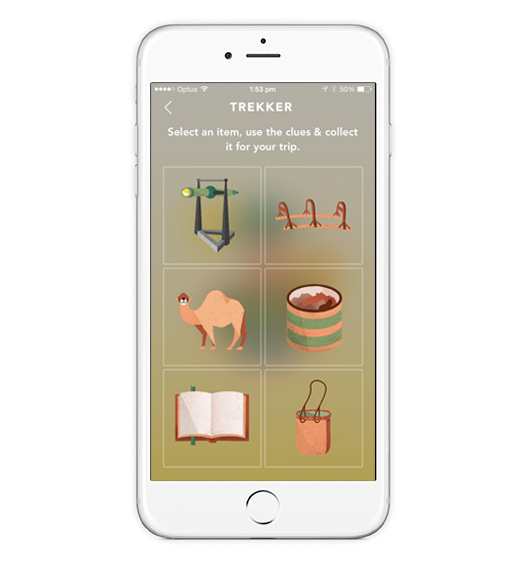
via Australian Museum
Australian Museum is using beacons to take on a question plaguing museums everywhere: how do you attract young visitors? Their answer: gamify the museum experience using beacons.
Australian Museum developed an app called Trailblazer, which uses a scavenger hunt to encourage users to travel around the museum collecting items (which are marked by a beacon). Beacons are also used to give users a ‘radar’ feature, which tells them how close they are to particular objects in the exhibition.
The app is geared towards the pre-teen crowd, but gamification for all age groups is a major trend in beacon tech. In the next five years, retail adoption of beacon-enabled gamification is expected to increase by 181%.
Virgin Atlantic
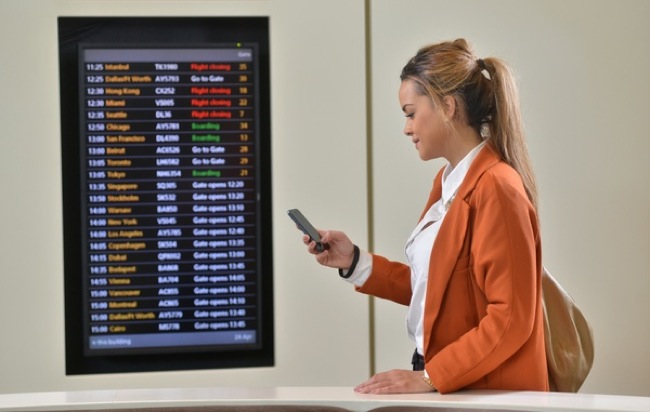
via Virgin Atlantic
In 2015, Virgin Atlantic launched an extensive beacon campaign at Heathrow Airport, in an attempt to improve their passengers’ airport experience and offer better customer service.
Premium passengers who downloaded the app would receive personalized notifications and offers during their time at Heathrow. Virgin also used iBeacon to notify passengers when they were getting close to a security check, reminding them to have their boarding passes ready, or sending them offers on currency exchange deals.
Airline staff were also outfitted with Google Glass or a Sony Smartwatch with an app that managed task allocation and delivered customer information directly to staff to help them personally welcome each passenger.
American Airlines, easyJet, and Japan Airlines are also embracing iBeacon tech to improve their passengers’ airport experiences, and to help staff deliver better service.
Wrap Up
Beacon technology has come a long way since its early days. After a slow start, it’s certainly picking up steam. The traditional retail applications of beacon tech are growing, and other organizations from transport to dating apps are also embracing beacons.
Three years later, the future is starting to look bright for beacons.
